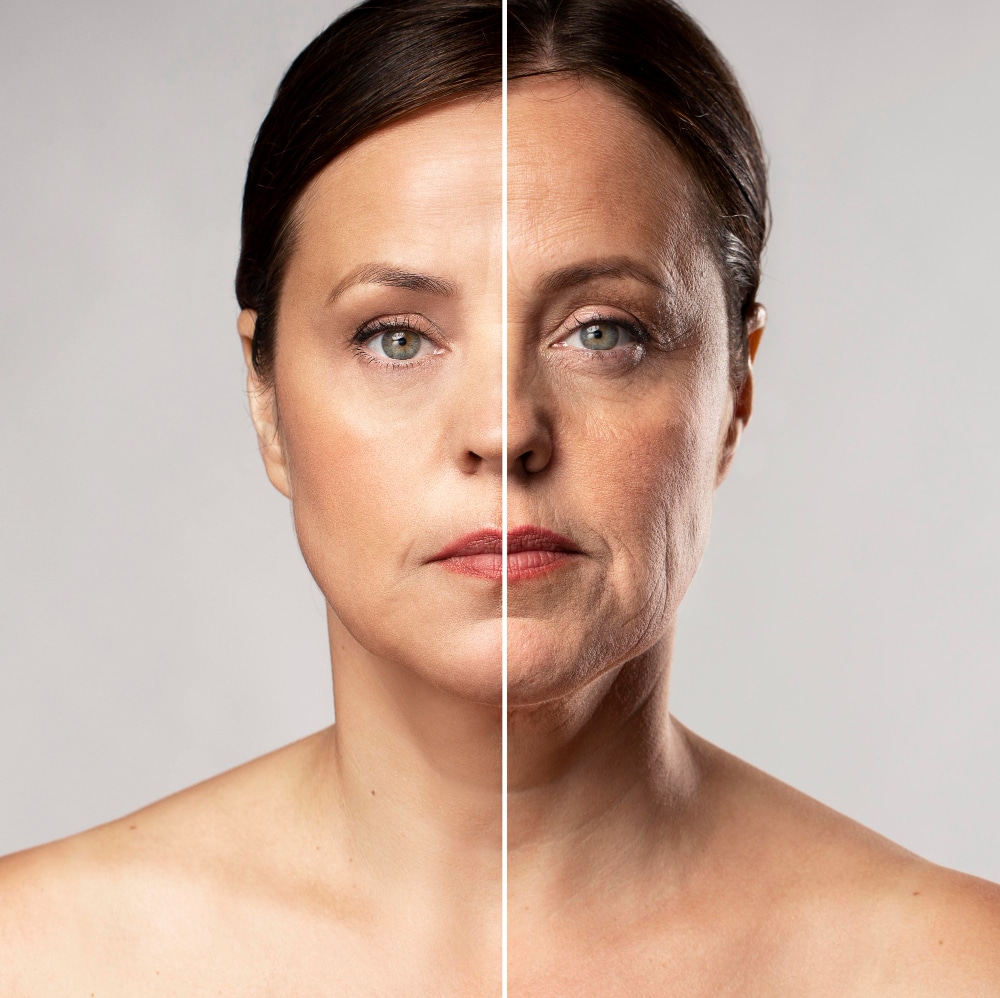
In a groundbreaking achievement, scientists have pioneered a revolutionary technique for cultivating artificial skin using stem cells extracted from umbilical cords. This development holds immense promise for transforming the treatment landscape for burn victims, offering faster and potentially more effective healing through accelerated skin grafting.
Traditional treatment methods for severe burn injuries involve harvesting healthy skin from the patient’s own body. This process is not only slow and meticulous but also extends the suffering of patients over weeks.
The advent of artificial skin marks a significant shift in burn care technology. Engineered to be stored long-term and used as required, artificial skin offers a promising alternative to traditional grafting methods.
Unlike traditional methods reliant on donor availability, artificial skin reduces logistical challenges. Its availability for immediate deployment enhances treatment efficiency and patient outcomes.
The World Health Organization emphasizes the critical need for advancements in burn care, citing a high incidence of burn injuries annually in the United States. The potential of artificial skin to streamline treatment timelines underscores its importance in revolutionizing burn care practices.
While further rigorous testing and regulatory approvals are necessary before widespread adoption, the advent of artificial skin marks a transformative milestone in medical science. Beyond its immediate impact on burn treatment, this breakthrough underscores the ongoing evolution of healthcare innovations aimed at improving patient outcomes and quality of life.
As medical research continues to push boundaries, the development of artificial skin stands as a testament to the relentless pursuit of advancements that promise to redefine standards of care in traumatic injury treatment.
Join our newsletter to receive latest news and offers

Medicle MD Ltd
Reg. Number: 14317237
Address: 27 Old Gloucester Street,
WC1N 3AX London,
United Kingdom